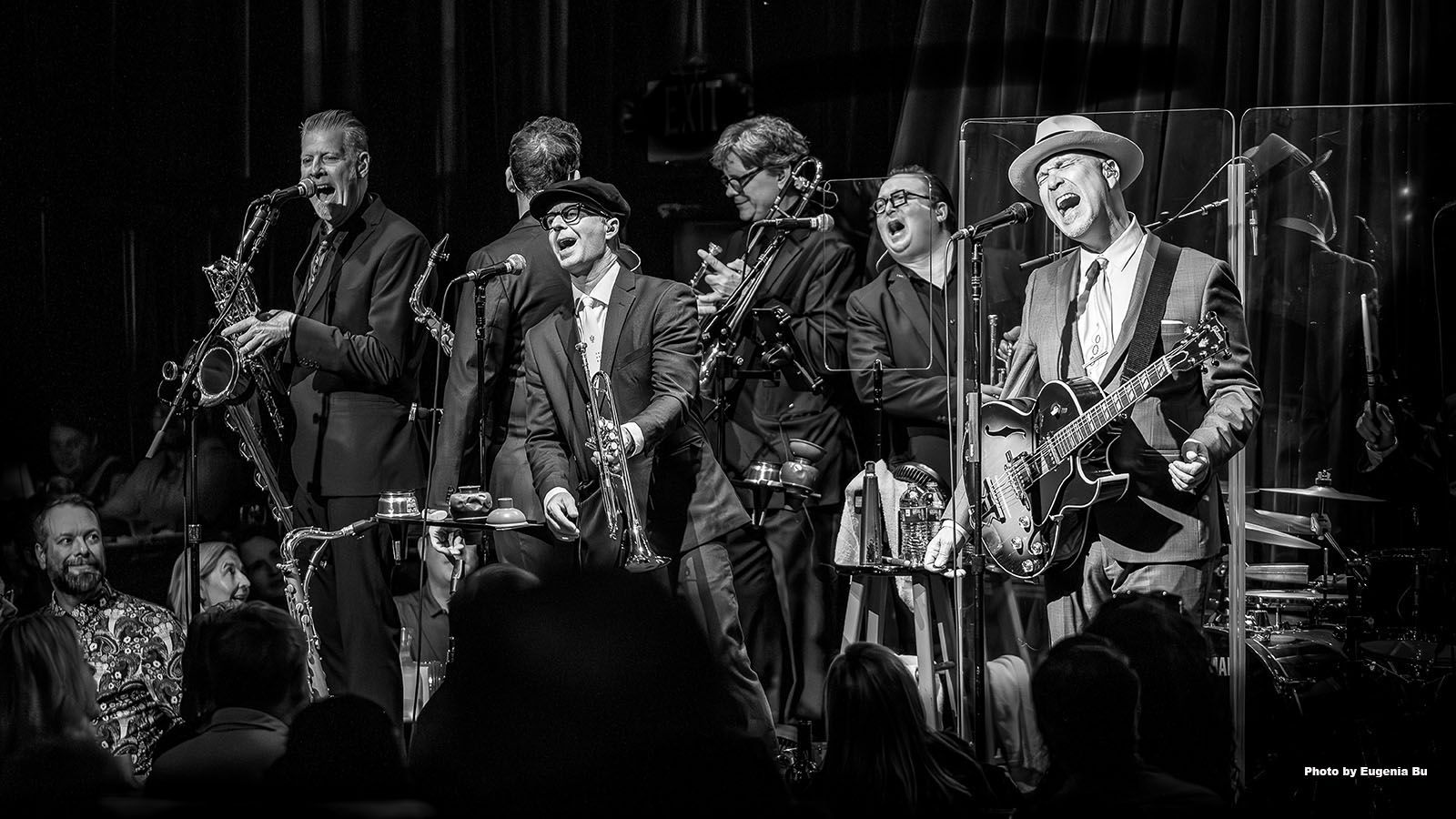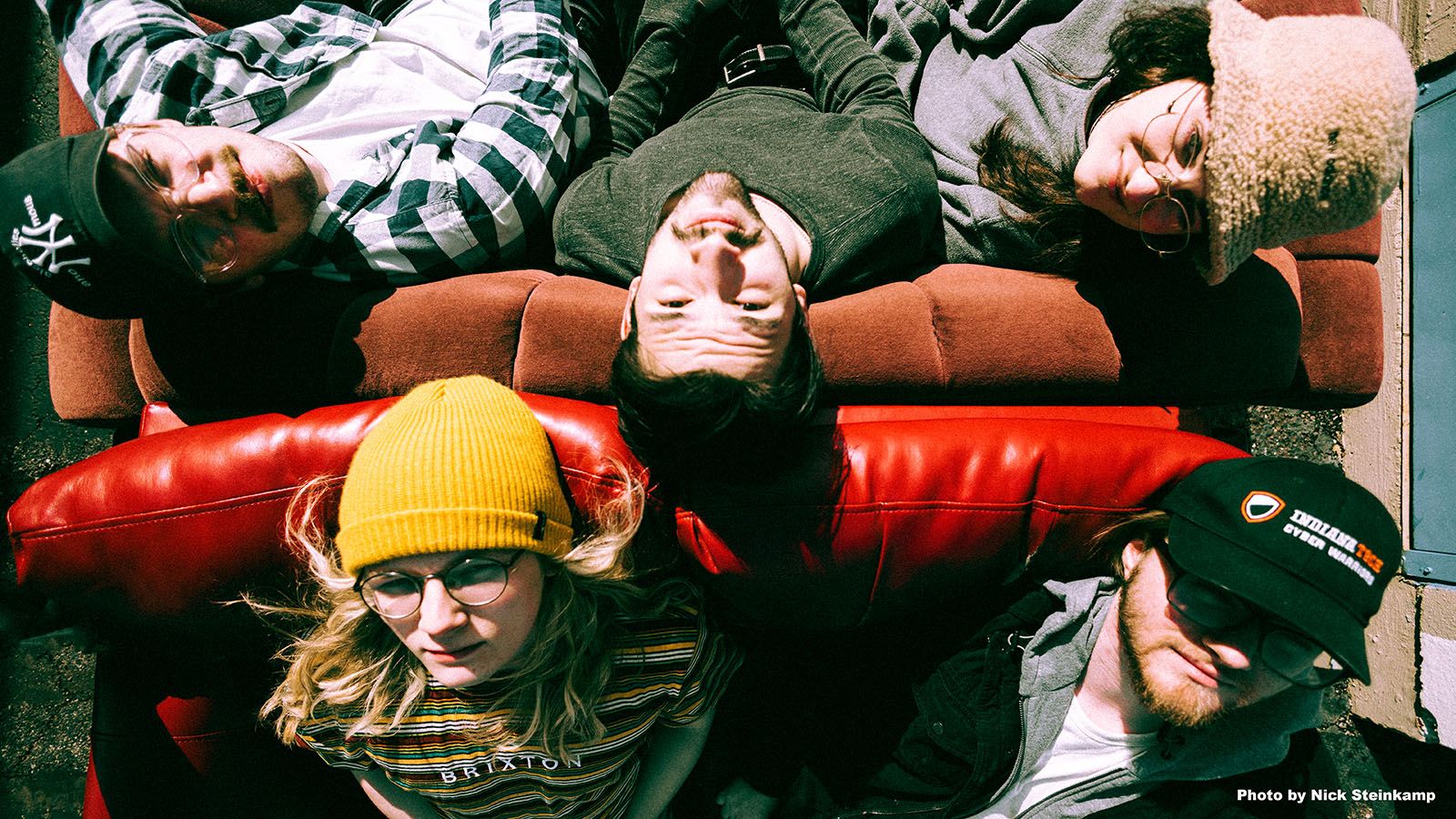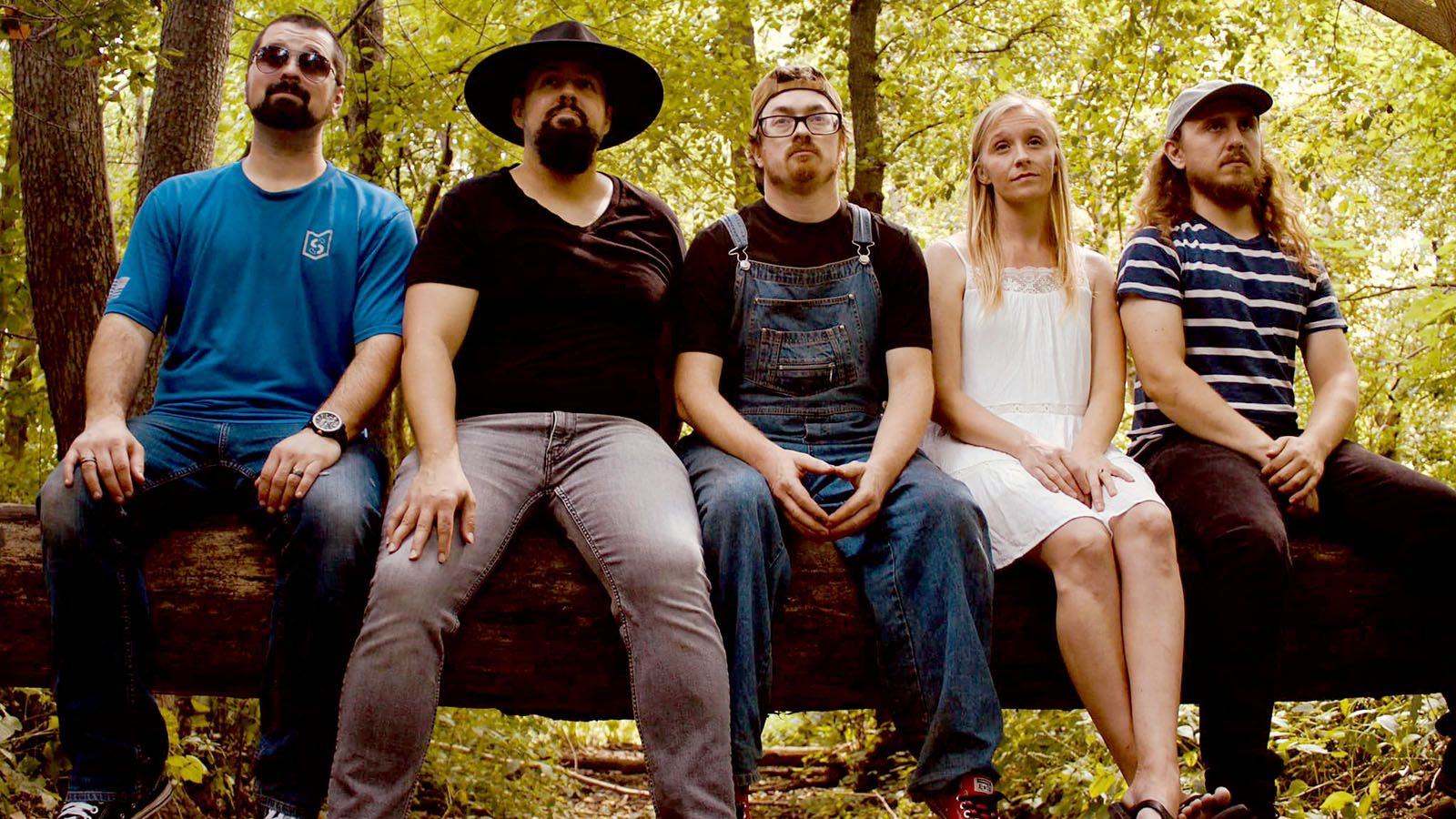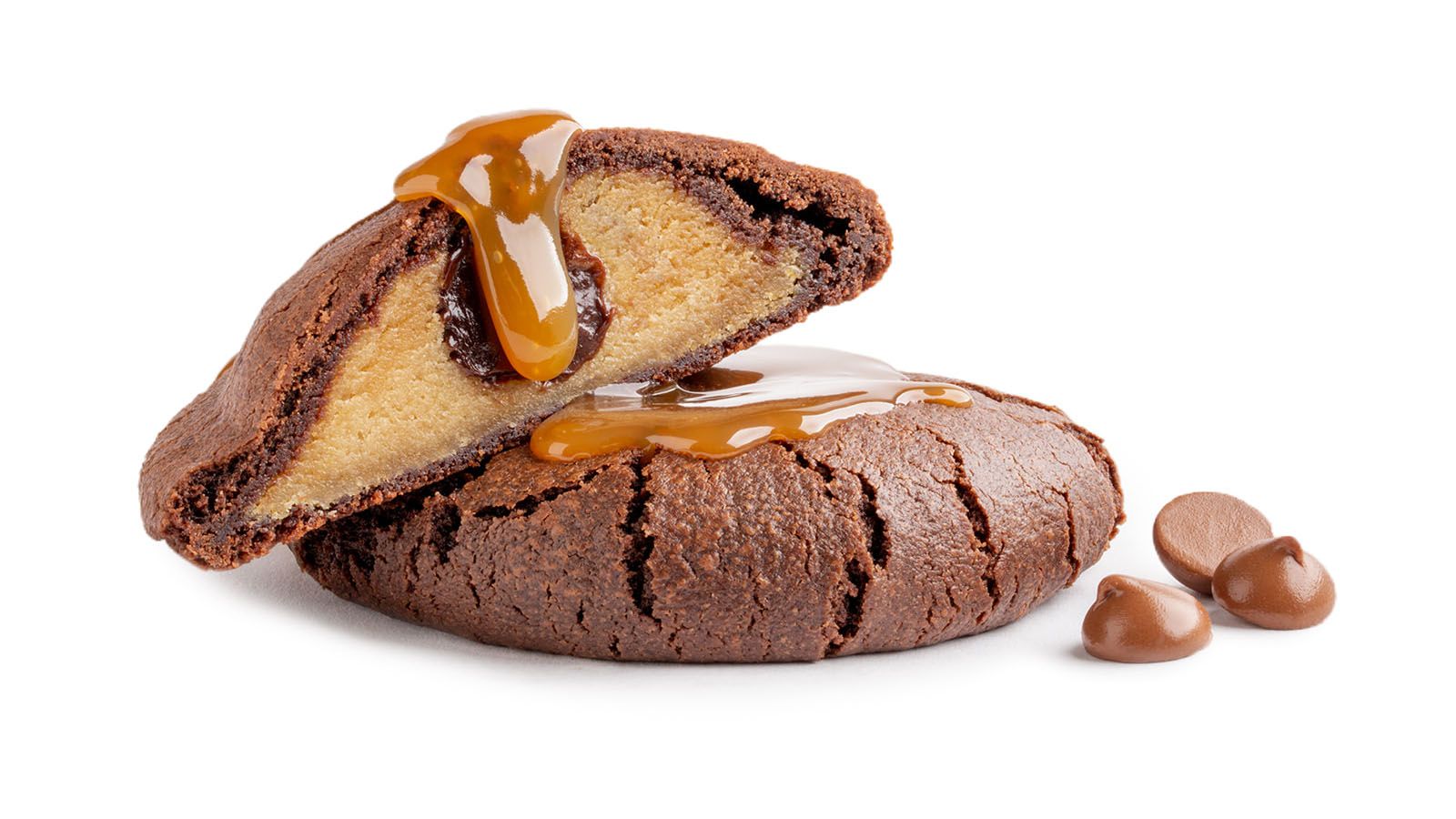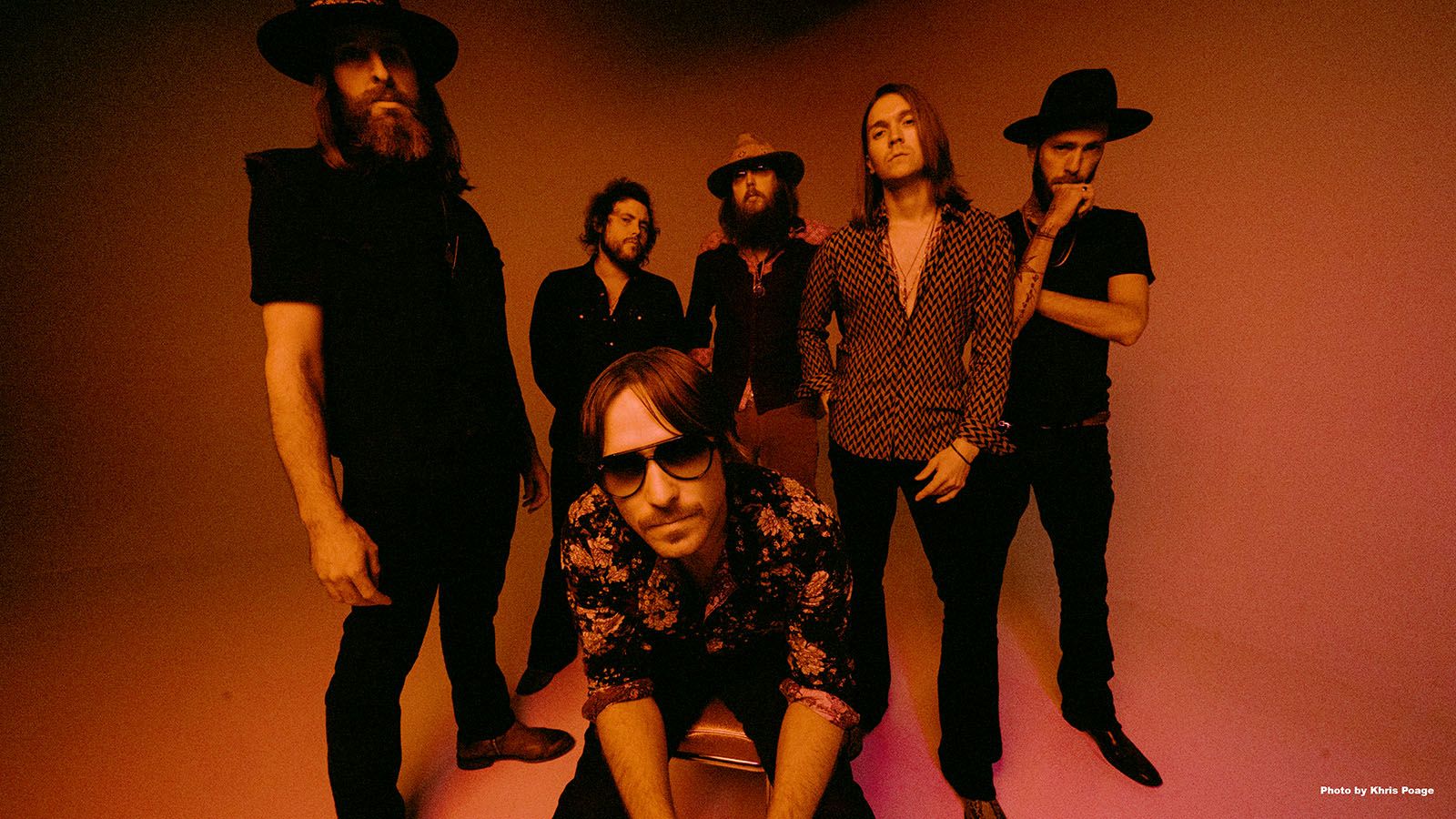The Fort Wayne audience know and love Big Bad Voodoo Daddy.
The latter-day hipsters from Ventura, California, got started in 1993 and are still playing their unique take on swing, the music that ruled in the middle of the 20th century.
They will once again bring their high-energy, sharp-witted dance music to The Clyde Theatre on Friday, Sept. 22.
Their own sound
Big Bad Voodoo Daddy
8 p.m. Friday, Sept. 22
The Clyde Theatre
1808 Bluffton Road, Fort Wayne
$39.50 · (260) 747-0989
Big Bad Voodoo Daddy have had a remarkable, unlikely 30-year career.
When I spoke to drummer Kurt Sodergren on the phone last month, he told me enough stories for three or four pages, but I have space for only one. I was amazed to hear that grunge and punk rock have as much to do with the band’s music and attitude as traditional jazz chops.
The band, with their rhythm section of four plus five horn players, still have seven founding members. Sodergren is still killing it with Scotty Morris on lead vocal and guitar, Dirk Shumaker on upright bass, Joshua Levy on piano, Andy Rowley on baritone saxophone, Glen Marhevka on trumpet, and Karl Hunter on saxophones and clarinet. Mitch Cooper on trumpet and Alex Henderson on trombone round out the arrangements.
The band are not quite a traditional swing band, although they make a point of dressing the part.
“There’s some jump blues. There’s some traditional New Orleans swing,” Sodergren said. “There’s ‘standard’ swing, but it’s kind of revved up a little bit.
“There’s always been a high energy that we’ve wanted to convey when we play the music. We have originals and then we do covers as well. But it’s not sleepy by any stretch of the imagination.”
Love of music
Big Bad Voodoo Daddy were at the forefront of a dance revival in Southern California that unexpectedly went viral nationwide in 1996 when the band were featured in Jon Favreau’s film Swingers, starring himself, Heather Graham, and Vince Vaughn.
The band had a weekly residency at The Derby, a legendary club in Los Angeles. The movie got written around that scene because Favreau and his friends loved to dance there.
But how in the world did this whole new scene flourish in the ’90s, which was all about Seattle grunge and punk?
“So here’s the thing,” Sodergren said. “We weren’t doing it for money. We were just doing it for the love of the music. Scotty and I both had punk rock roots. Our trio was more of kind of a swampy blues, heavy trio. Scott had a Strat and he loved Stevie Ray Vaughan and Jimi Hendrix, and we would cover Tom Waits, and we were just doing it for fun.
“And by the way, we love those grunge bands! We loved Nirvana, Alice in Chains. We saw Pearl Jam on their first run through Ventura.
“I’m serious, a huge fan of all that music. I didn’t get a chance to see Nirvana. But we played with the Foo Fighters at a festival, and we were sitting side-stage with our jaws open just like, ‘I can’t believe we’re here watching this amazing band.’ So we’re not purists by any stretch of imagination.
“As far as us with some master plan to get a label deal, that wasn’t why we were doing it. We were just doing it because my grandpa played in a big band and Scott played trumpet and drums in high school. We loved jazz as well. It was Scott’s idea. He said, ‘Let’s play swing.’ And I was scratching my head like, ‘What?’ But it sounded fun, and he still had his guitar amp on 10, so it was really exciting and loud and crazy.
“Scott tells this story on stage about how we’d show up at a club and there was a grunge band playing before us and after us, and then we’d come up in suits and people would just go, ‘What is going on?’ And we’d play like one or two tunes and people didn’t know what to think. And then we’d play ‘Minnie the Moocher’ and people would go, ‘Oh, I know this song. I saw it in The Blues Brothers.’ And then we’d say, ‘Well, yeah, but it’s Cab Calloway!”
The Blues Brothers, a film from 1980, was mostly about retro soul music from the ’60s, but featured a cameo from Calloway, who was then 73, leading a band in his hit song from 1931. That neatly frames the perspective of fans meeting Big Bad Voodoo Daddy in the ’90s.
“For us, it was really a love letter to the music that we were crazy about,” Sodergren said. “And we thought, well, let’s bring some punk rock to it. We didn’t have any training in the arrangements until Josh and Glen joined the band. So we were just flying by the seat of our pants. And it just so happened that it found an audience. Then I had to quit my other job because I was too busy doing this. But there was never a master plan other than we want to play music that we really like.”
And yet, this love of old music gave them a full-time career.
“I’m still shocked about it, as well,” Sodergren said in a quiet voice. “I don’t take it for granted any time. In fact, if I start feeling low, I think about that. How did that even happen? I didn’t think I would be a musician as a living. I did it for the love of drumming and playing.”
No ban on dancing
Sodergren marvels that these days promoters try to prevent dancing. And he and the band are delighted when that fails.
“We played here in Ojai, which is very close to Ventura and an outdoor venue, and they were trying to keep people from dancing,” he said. “And didn’t work! The people just stormed the stage and everybody was on their feet and that. So you can never tell what’s going to happen.
“And it’s super family friendly. We have adults and kids and their grandparents. That’s one of my favorite things about it: It’s not just for one age group.”
 Submit Your Event
Submit Your Event